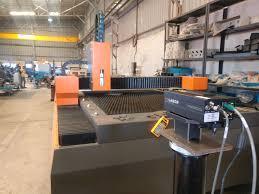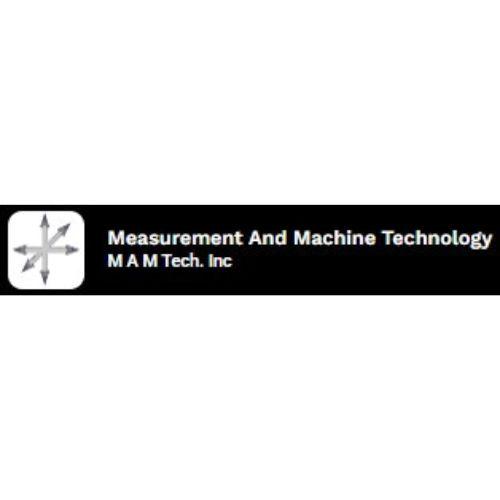Notifications
5 minutes, 44 seconds
-32 Views 0 Comments 0 Likes 0 Reviews

This entails many subjective modes of alignment practice: visual estimation, manual adjustment, and multiple measurements, which are open to human error. Erroneous operation due to improper alignment can lead to faulty machining, reduced tool life, and wastage, even with slight misalignment.
Such machine tool alignment discrepancies affect product quality and overall CNC operation efficiency. With increased production requirements, the acceptable margin of error decreases, placing greater importance on improved methods.
Automation reduces human intervention by providing systems that consistently and accurately align machines. Modern CNC installations are equipped with digital sensors, laser trackers, and automatic control software to apply the machine tool alignment process.
The tools collect real-time data, deviations are immediately recognized, and machine parameters are corrected with greater precision than manually. The closed-loop feedback system ensures alignment well within tolerances, minimizing tedious adjustments and operator fatigue.
CNC calibration services utilize advanced technologies and recognized approaches to align spindles and axes with exceptional accuracy. Some of the major parameters being monitored by these systems are linear displacement, angular deviation, and backlash. Rather than using human perception, digital readouts are employed to hold every calibration accountable to specifications.
Hence, the speed and uniformity increase and reduce the possibility of excessive rework or downtime. The use of computerized CNC calibration also records historical records that aid in quickly identifying trends and projecting future alignment issues.
Highly advanced sensor systems are at the heart of computerized alignment. Laser interferometers, electronic levels, and inclinometers input precise information to the machine control system. These instruments avoid guesswork in leveling CNC machine components and beds. The system can recognize even minute misalignments, which can then be automatically corrected or marked for checking. Manual adjustment makes Such accuracy virtually impossible to get with regularity, particularly in high-speed or high-volume production conditions.
Leveling a CNC machine in Indiana, components is an alignment-critical task. Automation takes advantage of the process through the use of motorized jacks and programmable logic controllers (PLCs). The components are used to shift the machine base and column locations with real-time feedback. This is compared to manual leveling that relies on a skillful operator and judgment, with automated systems operating according to precise parameters and repeatable patterns. It achieves a more consistent machining platform and increased machine life by minimizing stress on key structural elements.
One underappreciated benefit of automated machine tool alignment is reduced setup time. Conventional alignment processes can postpone production startup and add variability from shift to shift or technician to technician. Automation allows for quicker switching between production cycles without sacrificing accuracy. This leads to a more consistent workflow, with less disruption due to misalignment-related problems. This gain in efficiency can make a big difference in overall throughput for operations with multiple machines.
Not only do automated systems align machines, but they also assist in identifying early warning signs of mechanical drift or wear. Data logging continuously enables technicians to plan maintenance before serious alignment problems occur. Predictive maintenance enhances long-term accuracy by calibrating machines for longer intervals without human intervention. This predictive method is the opposite of reactive maintenance models, frequently leading to unplanned downtime and expensive repairs.
Automation is perhaps one of the exciting ways of transforming how manufacturers perceive machine tool alignment, that is, providing stable functioning compared with human error-prone manual processes. A combination of sensor-based systems and standardized calibration procedures can achieve more uniform and accurate operation in the plants. It is tremendously good for the performance of CNC calibration services and in the automation of CNC machine base leveling, thereby reducing the variability.
Therefore, reliable partnerships with credible alignment service providers will be vital for small businesses and individual operators. Measurement & Machine Technology offers modern solutions to contemporary precision manufacturing requirements. Moreover, we also provide services for CNC machine tool applications, industries, laser alignment, and machine tool repair in general.
CNC calibration services Levelling CNC Machine Indiana machine tool alignment

